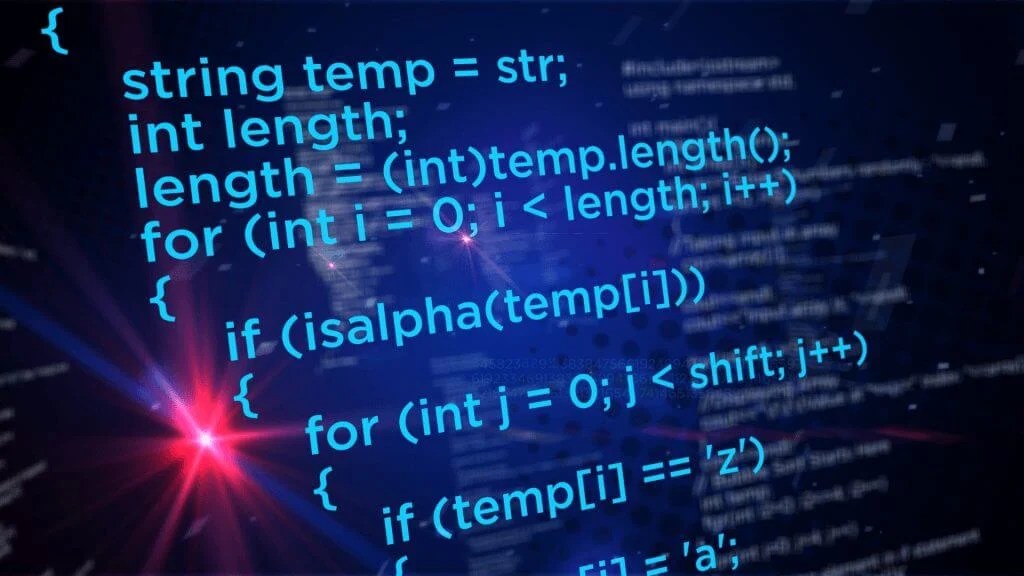What is the curse of variability? The curse of variability refers to the idea that as the variability of a dataset increases, the difficulty of finding a good model that can accurately predict...


What is the curse of variability? The curse of variability refers to the idea that as the variability of a dataset increases, the difficulty of finding a good model that can accurately predict...

Opinion mining is a field that is growing quickly. It uses natural language processing and text analysis to gather subjective information from sources. The main goal of opinion mining is to find and...

Categorical variables are variables that can take on one of a limited number of values. These variables are commonly found in datasets and can't be used directly in machine learning models as most...

This is a complete guide on utilising NLTK to build a whole preprocessing pipeline. Take the time to read through the different components so you know how to start building your pipeline. What is an...
![How To Implement Bag-Of-Words In Python [2 Ways: scikit-learn & NLTK]](https://i0.wp.com/spotintelligence.com/wp-content/uploads/2022/12/bag-of-words.jpg?fit=960%2C540&ssl=1)
In this guide, we cover how to start with the bag-of-words technique in Python. We first cover what a bag-of-words approach is and provide an example. We then cover the advantages and disadvantages...
![How To Translate Text In Python [Best 2 Ways APIs & Libraries]](https://i0.wp.com/spotintelligence.com/wp-content/uploads/2022/12/translate-python.jpg?fit=1024%2C576&ssl=1)
This guide covers how to translate text in Python. Machine translation is a prominent natural language processing (NLP) application that is not very straightforward. We start by covering what is...
![How To Implement Sentiment Analysis In Python [Best 5 Tools: TextBlob, Vader, NLTK, BERT, SpaCy]](https://i0.wp.com/spotintelligence.com/wp-content/uploads/2022/12/sentiment.jpg?fit=1024%2C576&ssl=1)
Several powerful libraries and frameworks in Python can be used for sentiment analysis. These libraries will be covered below. The code examples of using the various libraries will be covered at the...

What is stemming? Stemming is the process of reducing a word to its base or root form. For example, the stem of the word "running" is "run," and the stem of the word "swimming" is "swim." Stemming...

What is stop word removal? Stop words are commonly used words that have very little meaning, such as "a," "an," "the," or "in." Stopwords are typically excluded from natural language processing...
![How To Implement Lemmatization In Python [SpaCy, NLTK & Gensim]](https://i0.wp.com/spotintelligence.com/wp-content/uploads/2022/12/keywords.jpg?fit=960%2C540&ssl=1)
Lemmatization is the conversion of a word to its base form or lemma. This differs from stemming, which takes a word down to its root form by removing its prefixes and suffixes. Lemmatization, on the...

Tokenization is a process in natural language processing (NLP) where a piece of text is split into smaller units called tokens. This is important for a lot of NLP tasks because it lets the model...

What is Named Entity Recognition (NER)? Named entity recognition (NER) is a part of natural language processing (NLP) that involves finding and classifying named entities in text. Named entities are...

Word embedding is used in natural language processing (NLP) to describe how words are represented for text analysis. Typically, this representation takes the form of a real-valued vector that...

Tf-idf is a way to measure the importance of a word. It is one of the ten most commonly used natural language processing techniques. This comprehensive guide covers tf-idf, why you should use it,...

Natural language processing is a subfield of machine learning and information retrieval that focuses on processing textual data. There are many different natural language processing techniques,...

Get a FREE PDF with expert predictions for 2025. How will natural language processing (NLP) impact businesses? What can we expect from the state-of-the-art models?
Find out this and more by subscribing* to our NLP newsletter.